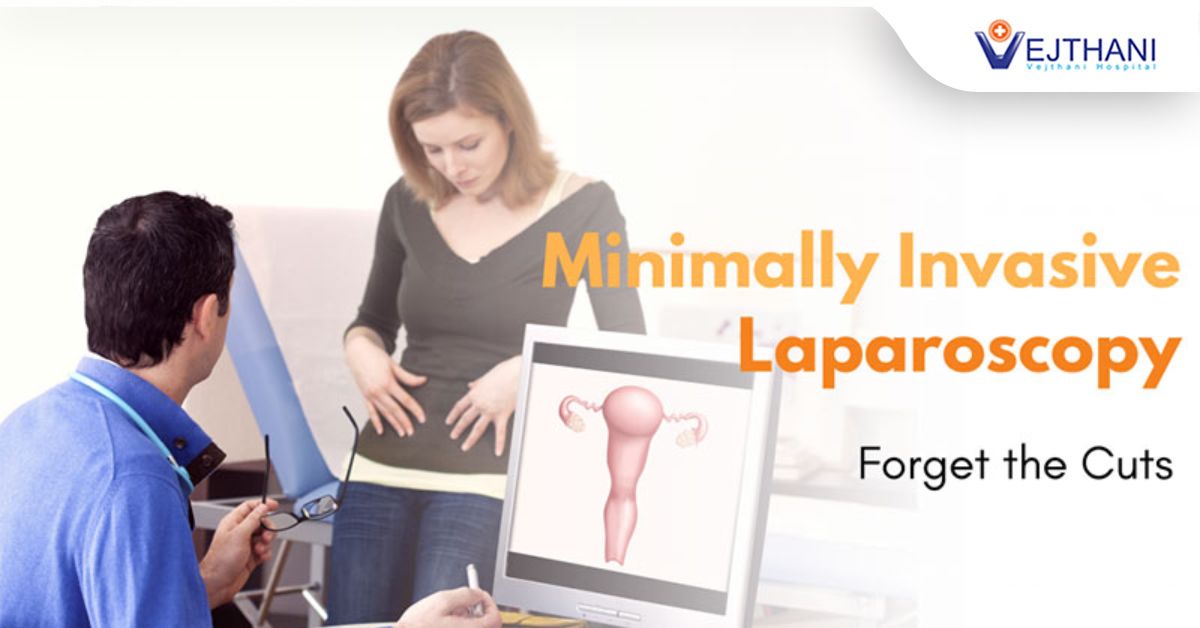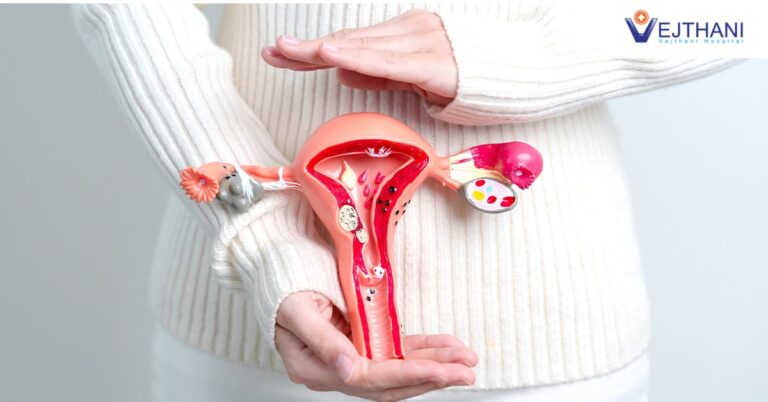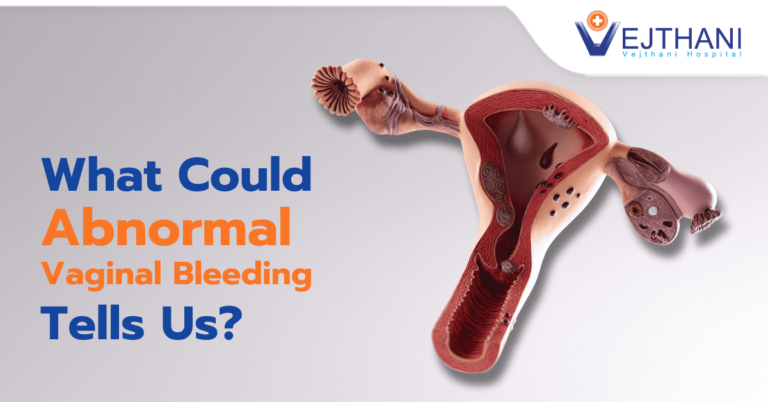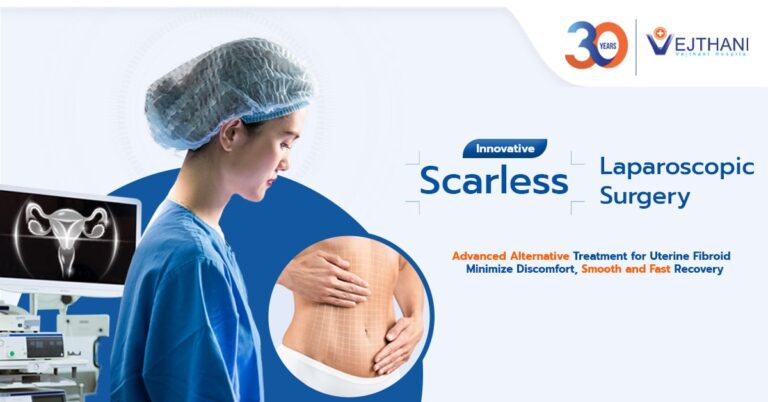Scared of wearing bikinis because of surgical incision? Forget it. Now there’s a minimally invasive procedure that can treat gynecological conditions which requires surgery. Gynecologic laparoscopy is the best choice for surgery. It uses a laparoscope to look inside your pelvic area.
A laparoscope is a slender, lighted telescope. It allows a doctor to see inside your body. Diagnostic laparoscopy can determine whether you have conditions such as endometriosis or fibroids. It can also be a form of treatment with miniaturized instruments. This method helps to attain precise surgery, less pain, and fast recovery. Robotic surgery is sometimes used for gynecological laparoscopy but limited with high budget.
Gynecological procedures which can be done through laparoscopy include
- Diagnose disease in chronic pelvic pain, unexplained infertility
- Ovarian Cyst Removal
- Hysterectomy
- Myomectomy (removal of fibroids)
- Tubal Ligation
- Tubal Reanastomosis
- Endometrial Tissue Ablation (endometriosis treatment)
- Lysis adhesion
- Gynecologic cancer staging
Conditions that might be diagnosed include:
- Endometriosis
- Uterine fibroids
- Ovarian cysts or tumors
- Ectopic pregnancy
- Pelvic abscess (pus)
- Pelvic adhesions (painful scar tissue)
- Infertility
- Pelvic inflammatory disease
- Reproductive cancers
Preparation
- Imaging tests may be needed such as ultrasound, computed tomography (CT) Scan, or Magnetic Resonance Imaging (MRI).
Your doctor might order fasting or an enema. - Tell your doctor about any medication you take. This includes over-the-counter drugs and supplements. You may need to stop them before the procedure.
- Plan to have someone drive you home after surgery. A friend can pick you up or you can schedule a car service. You will not be allowed to drive yourself if not admitted.
Procedure
- Laparoscopy is almost always performed under general anesthesia. This means you will be unconscious for the procedure.
Once you are asleep, a small tube called a catheter will be inserted. This collects your urine. Then your abdomen will be filled with carbon dioxide gas. This is done with a small needle. The gas keeps the abdominal wall away from your organs. It reduces the risk of injury. - The surgeon will make a small cut in your navel. The laparoscope will be inserted. It transmits images to a screen. This gives your doctor a clear view of your organs.
- What happens next depends on the type of procedure. For diagnosis, your doctor might take a look and then be done. If you need surgery, other incisions will be made. Instruments will be inserted through these holes. Then surgery is thoroughly performed using the laparoscope as a guide.
- Once the procedure is over, all instruments are removed. Incisions are closed with stitches then the patient is sent to the recovery room.
Do’s and Don’ts After the Surgery:
Activity
- DO NOT drive a car for 48 hours after your laparoscopy
- You don’t need to stay in bed, but it’s best to rest and take it easy for the remainder of the day.
- After 24 hours, there is no limit on your physical activity as long as you’re not taking narcotic medication.
- Depending on the operation, regular activities may resume after 5-7 days with caution.
Nutrition/Hydration
- It’s important to drink as much fluid as you did before the surgery.
- On your first day at home, have light liquids and foods such as apple juice, ginger ale, ice pops, soup, crackers, and toast to help prevent stomach upset.
- Avoid citrus juices such as orange juice and tomato juice. You may gradually add foods.
- By the second day after surgery, you should be able to return to your regular diet.
- Since most prescription pain medications cause constipation, it’s important to drink plenty of water, eat foods that contain fiber such as fruits and vegetables, and stay active.
Pain and Treatment
- You may have soreness in your abdomen (belly) area.
- You may have shoulder pain. This is caused from trapped gas. The amount of discomfort can vary, but should go away within 48–72 hours. A heating pad should help movement.
- Your doctor will prescribe medicine to help relieve your abdominal (belly) pain.
- Take the prescription pain medicine for the first 48 hours as prescribed.
- If you’re constipated, you may take a medication prescribed by the doctor.
- Call your primary care provider if you haven’t had a bowel movement within 3 days after surgery.
Bandage/Dressing care
- You’ll have Band–Aids over the small incisions. Remove the Band–Aids 5-7 days after your surgery.
- Replace the Band–Aid so that your jeans or other clothing won’t rub and irritate your stitches.
- You may have black and blue areas around the incisions.
- Your stitches don’t need to be removed. They will dissolve at least within 4 weeks.
- You may have a slight discharge or spotting from your vagina that may last for 2 to 5days.
Emotional Recovery
- After your laparoscopy you may be tired and irritable. Use this time for rest and quiet activities.
- It will take time to heal, but you should feel better each day.
The Women’s Health Center at Vejthani Hospital provides thorough medical consultation and treatment of Ob/Gyne’s diseases by highly skilled specialists. Moreover, we perform Ob/Gyne check-up, cancer and female reproductive organs. Our experienced obstetricians and gynecologists are ready to answer all your questions and help ease your concerns on any related health issues. For inquiries, contact us through: email int_mkt@www.vejthani.com; Tel +66 (0) 2734-0000 ext 3200, 3204; Fax +66 (0) 2734-0375.
Service Hours
Monday through Sunday 8:00 am to 8:00 pm
Location
Vejthani Hospital, Women Health Center, 2nd Floor
For more information, contact
Women’s Health Center, Vejthani Hospital
Call 02-7340000 or Ext. 3200,3204
English Hotline: (+66)8-522 38888
- Readers Rating
- Rated 5 stars
5 / 5 ( Reviewers) - Spectacular
- Your Rating





























